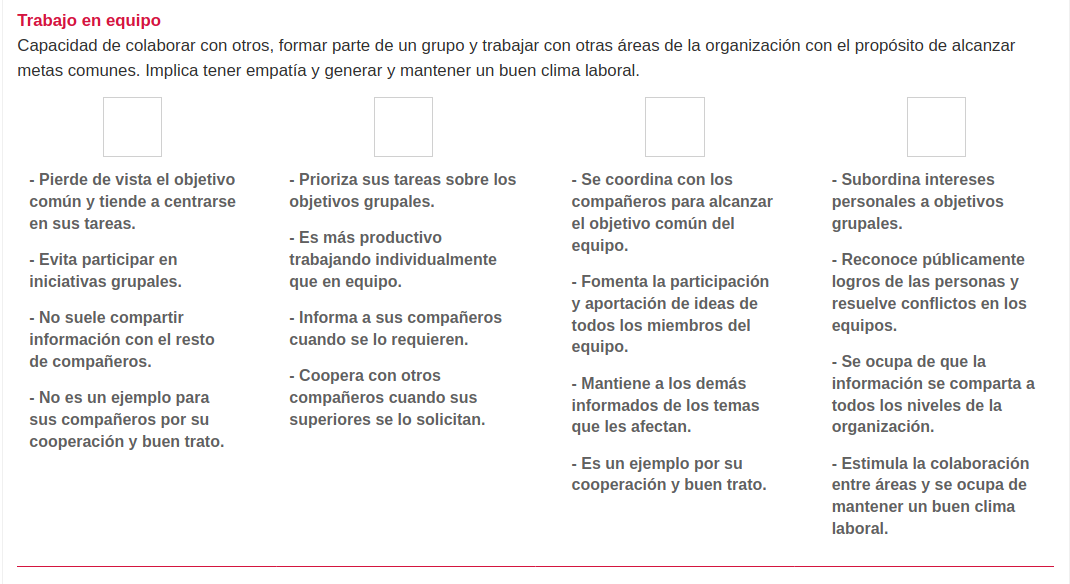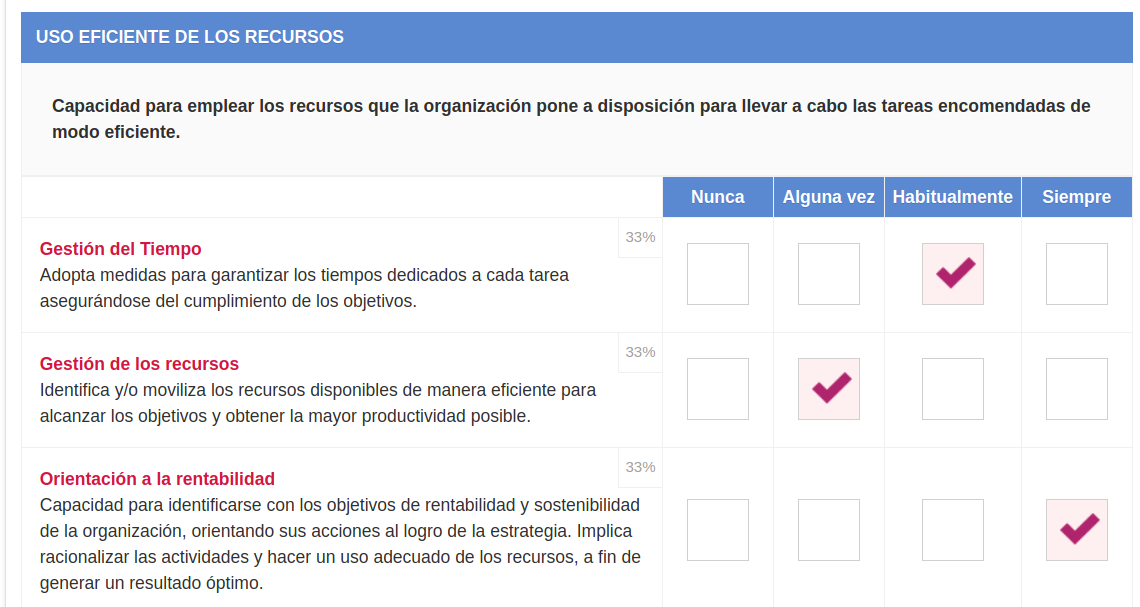At every moment of our daily lives, we see ourselves in the need to make decisions and because of this we start from mental shortcuts that simplify our intellectual work.
Have you ever refused to give up something in which you have invested resources knowing that it no longer benefits you at all? Have you seen a position more logical because most of the people around you see it that way? I can tell you that you have been under the effect of cognitive biases. In the first case it is due to the "Sunk Cost Fallacy" and in the second, due to the "Drag Effect". Don't worry, it's a sign that you're a human being ;-) Welcome to the Club!
In 1972 the Israeli psychologists Amos Tversky and Daniel Kahneman introduced the term Cognitive Bias demonstrating that we make distorted interpretations of reality, which influences the judgments we make and decisions of what we drink. These studies spread to disciplines beyond psychology and began to be taken into account in medicine or political science. Subsequently, Daniel Kahneman became the first psychologist to win a Nobel Prize in Economics (2002) for studies in this field.
Cognitive biases are with us all the time, also at work and are also present when we have to use our subjective criteria, for example, in performance evaluations.
Evaluate KPIs numerical is simple: if you managed to achieve 50 new clients it is easy to measure, since there were neither 49 nor 51, there is no room for subjective criteria. But what happens when we must estimate criteria from a qualitative point of view?
It is important to identify biases in performance evaluations by competencies in order to make them aware and thus be able to evaluate more objectively without falling into illogical interpretations or imprecise judgments.
What cognitive biases can influence the evaluation of job performance?
Among the most common biases that can manifest in job performance evaluations are:
Halo Effect in Performance Appraisal
When we positively rate a person by the impression of a positive quality that stands out particularly, leaving aside possible areas for improvement.
Horn effect in performance appraisal
When we negatively qualify a person by the impression of a negative aspect according to our point of view, not taking into account their strengths.
Central Tendency bias in performance appraisal
When we rate an employee who has performed less than expected with average scores, so we don't face disappointment.
Similarity bias in performance evaluation
When we overestimate the performance of those who are similar to us and with whom we can identify.
Memory bias in performance evaluation
When we forget the way in which a colleague has been carrying out their tasks because the evaluations are applied in very long time periods. In this case, our brain tends to only remember what happened in the recent past and will have more difficulty remembering the positive aspects or improvements that occurred too long ago.
Confirmation bias in performance evaluation
When we assess the performance of the person as we remember the information that confirms our beliefs but we do not take into account what could rationally call them into question.
Commitment Escalation Bias in Performance Appraisal
When we make the decision to evaluate a person positively or negatively, and we maintain that evaluation in all evaluations regardless of whether there are evident variations in that person's performance throughout their trajectory.
Gender bias in performance evaluation
When we give higher scores to one gender than to another because we unconsciously attribute certain capacities more characteristic of women or men and that, as demonstrated by studies carried out, these are prejudices that often do not correspond to reality.
There are other aspects that also influence us on a day-to-day basis and, particularly in our work, when we give our opinion on how others perform in their activities:
-
When we overestimate a superior because "he's the boss."
-
When "we don't want to harm anyone" with a valuation that could impact remuneration.
-
When the experience in the evaluation process is complicated, we may not spend the time necessary or we do it only to comply.
For this reason, one of the key factors for this is to digitize and modernize the performance evaluation process with a solution that is agile for employees and encourages their active participation.

How can we reduce bias in performance reviews?
We cannot change our human nature, but we can know it better to anticipate and not fall into our own mental traps. This exercise of self-awareness It will help in all aspects of our personal life and our professional environment.
Specifically in our work activity, when we participate in feedback processes to support the development of our colleagues, knowing cognitive biases will help us promote a healthy and constructive performance evaluation process. Here are our 6 top recommendations:
1. Train employees about the performance evaluation process
Train teams in continuous improvement processes and how to give feedback effectively is one of the best things we can do in the company.
Training on the performance evaluation process is vital so that the employee knows what to do at all times, stimulating critical thinking and feedback culture in the organization.
2. Short periods of performance evaluation
It's significantly easier to recall an employee's performance over the course of three or four months than it is over the course of a year. Recurrent evaluation is part of the recipe for success.
In recent years, many companies that were once driven by the example of Accenture, Deloitte or Google have also evolved towards continuous feedback models.
Implementing quarterly, quarterly or semi-annual reviews is much easier thanks to the Hrider tool whose cost does not vary even if you do 2, 3 or 25 participatory feedback processes throughout the year.
3. Previously established competencies to be measured
Ensuring that each collaborator is aware of the competencies they must adhere to and the observable behaviors for verification can help mitigate biases and misinterpretations.
A transparent management, where the criteria are known and shared by everyone, will also help the employees themselves to focus on those strategic aspects for which they will ultimately be evaluated.
4. Valuation methodologies
The rating scales that we use can also avoid some cognitive biases. We will have to opt for one or the other depending on the group of people with whom we interact in our performance evaluation, the agility or simplicity we need for the process, the objectives that we pursue, etc.
There are methodologies such as the Descriptive Degree Scale that facilitate a more objective evaluation of soft skills by the evaluator.
The evaluators, instead of having to opt for numerical options or simpler (but interpretable) assessment scales such as a Graphic Scale of the type: Poor, Regular, Good, Excellent... should opt for scales with behaviors details for each mastery level:

When, in addition, for each competence we individually measure Observable behaviors, we will also facilitate the work of the evaluator to delimit his value judgment during performance evaluation.
Frequency Scales also assist less experienced individuals in providing their opinions based on their personal experience with the person being evaluated, reducing room for interpretation.

5. That performance evaluation has a shared purpose
It is important that the collaborator knows what strategic objective is pursued with the performance evaluations in our company: promote best practices, better manage internal change processes, detect potential, know our areas of improvement to make training plans more effective...
In addition, an Action Plan should be established based on the results of the performance evaluation, since it is not about evaluating for the sake of evaluating. Rather, it should be oriented towards the individual professional development of the employee and the collective development of the entire organization.
Knowing the context and purpose of their participation, the worker will try to be more careful while filling out the evaluation.
6. Implement 360º Evaluations
Are you looking for objective results? Nothing better than 360º Feedback.
360-degree evaluations allow the performance of each employee to be evaluated from multiple sources, collecting a greater number of subjective evaluations we will achieve a more objective result. The multiple perspectives technique implemented by Google or Facebook in their Reviews about products or businesses is based on this: the more people give their opinion, the closer to reality the average result they give is.
Until now, it was understandable that many companies limited themselves to the evaluation by the superior because they thought that it takes more time to carry out evaluations that involve more than one evaluator, since the complexity in their management grows exponentially. However, Hrider allows you to apply 360º assessments to all collaborators efficiently, automating the process with just a few clicks, reducing time and providing data in real time for decision making. Here we will explain how to do a performance evaluation step by step .
Don't miss the opportunity to get to know your team better, support them in their development and optimize the capabilities of your organization! Performance evaluations have been created for this. Can we help you?